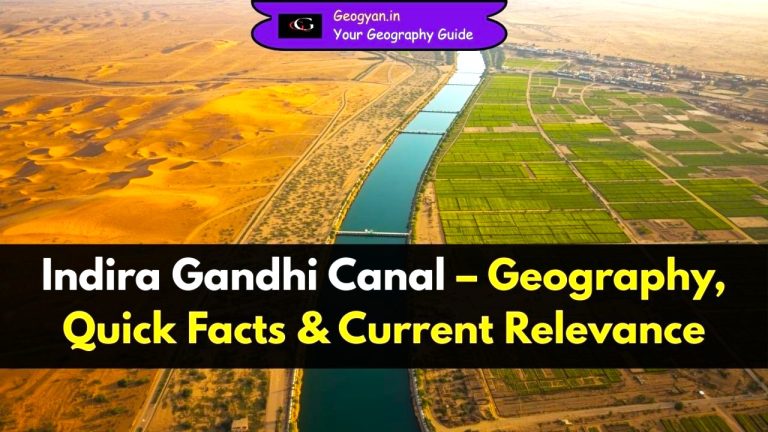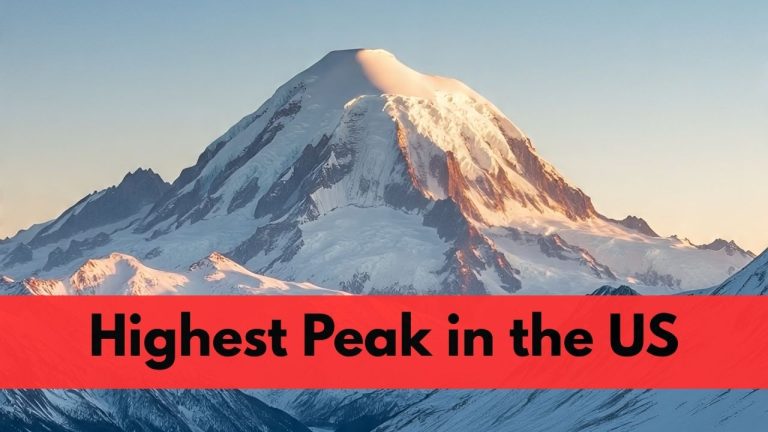The artistic mastery of nature displays itself perfectly in Oregon because this state maintains an official count of 238 waterfalls which create stunning visual effects in the environment. Each waterfall reveals its story through natural forces as these waterfalls exist from overwhelming torrents to graceful water curtains that formed during thousands of years of geological creation. This extensive guide examines the stunning natural waterfalls which turn Oregon into a superior travel spot for waterfall admirers and nature enthusiasts.
The Geography of Oregon’s Waterfalls
Multiple geographical zones in Oregon combine to form optimal conditions that lead to waterfall development. Graceful water features appear throughout the state because volcanic, glacial and erosional actions reformed its geological landscape during its history. Waterfalls throughout Oregon appear at locations spanning from the seacoast elevation to heights exceeding 5,000 feet across the Coast Range and Cascade Mountains.
Regional Distribution
Various regions across Oregon house many waterfalls which possess distinct features throughout their areas.
The Columbia River Gorge
This area attracts visitors because its collection of accessible waterfalls go by the name “Waterfall Alley.” A combination of geological formations originating from ancient lava flows and ice age floods makes waterfalls possible within these specific areas.
The Cascade Range
Waterfalls at different elevations dot the Cascade Range where Annie Falls stands at an elevation of 5,276 feet as the remarkable attraction among the many alpine waterfalls.
Coast Range
Visitors can explore Baker Creek Falls all throughout the year because it resides at an 856-foot elevation within the region’s tropical rainforest setting.
Notable Waterfalls and Their Characteristics
Abiqua Falls
Situated at 1,263 feet elevation, Abiqua Falls represents one of Oregon’s most photogenic waterfalls. The falls are surrounded by distinctive columnar basalt formations, creating an amphitheater-like setting that makes it a photographer’s paradise. While reaching the falls requires a moderately challenging hike, the reward is well worth the effort.
Annie Falls
As one of Oregon’s highest elevation waterfalls at 5,276 feet, Annie Falls offers visitors a unique alpine waterfall experience. Located in the Crater Lake National Park area, this waterfall demonstrates the powerful force of snowmelt and provides spectacular viewing opportunities during peak flow seasons.
Alsea Falls
At 732 feet elevation, Alsea Falls represents a more accessible option for waterfall enthusiasts. The falls feature multiple cascades and are surrounded by a well-maintained recreation area, making it perfect for family outings and picnics.
Seasonal Changes and Best Times to Visit
Oregon’s waterfalls undergo dramatic transformations throughout the year, influenced by seasonal precipitation and snowmelt patterns.
Spring (March-May)
The optimal season for waterfall viewing, as winter snowmelt combines with spring rains to create powerful flows. Waterfalls like Barr Creek Falls (2,529 feet elevation) reach their peak volume during this period.
Summer (June-August)
While some falls may see reduced flow, this season offers the most comfortable hiking conditions and better accessibility to higher elevation falls like Alkali Falls (5,200 feet).
Fall (September-November)
A fantastic time to visit as autumn colors provide stunning backdrops for waterfall photography. Falls like Awbrey Falls (3,058 feet) are particularly beautiful when framed by fall foliage.
Winter (December-February)
Lower elevation waterfalls remain accessible and sometimes feature impressive ice formations. However, many high-elevation falls become difficult or dangerous to access.
Photography Tips and Techniques
Capturing Oregon’s waterfalls requires specific techniques and considerations:
Equipment Recommendations
- A sturdy tripod for long exposures
- Neutral density filters
- Wide-angle lenses
- Weather-sealed camera body
- Microfiber cloths for lens protection from spray
Optimal Shooting Conditions
- Overcast days provide even lighting
- Early morning or late afternoon for best light
- After rain for lush surroundings
- During peak seasonal flows
Conservation and Environmental Considerations
As these natural wonders attract increasing numbers of visitors, conservation becomes paramount. The Oregon Parks and Recreation Department works diligently to maintain these sites while preserving their natural integrity.
Visitor Guidelines
- Stay on marked trails
- Practice Leave No Trace principles
- Respect closure signs and barriers
- Avoid damaging vegetation
- Keep safe distances from water edges
Safety Considerations
Waterfall viewing can be dangerous if proper precautions aren’t taken:
Essential Safety Tips
- Wear appropriate footwear with good traction
- Check weather conditions before visiting
- Bring navigation tools and maps
- Stay on designated viewing areas
- Never climb on wet rocks
- Beware of swift currents and slippery surfaces
Planning Your Waterfall Adventure
Essential Items to Pack
- Weather-appropriate clothing
- Navigation tools (maps, compass, GPS)
- First aid kit
- Water and snacks
- Camera equipment
- Emergency supplies
Accessibility Considerations
Waterfalls vary greatly in their accessibility:
Easy Access
- Alsea Falls (732 ft)
- Barth Falls (305 ft)
- Baker Creek Falls (856 ft)
Moderate Difficulty
- Abiqua Falls (1,263 ft)
- Ayers Creek Falls (1,444 ft)
Challenging Access
- Alkali Falls (5,200 ft)
- Annie Falls (5,276 ft)
Impact on Local Communities
Oregon’s waterfalls play a crucial role in local economies:
Tourism Benefits
- Increased visitor spending
- Job creation in tourism sector
- Support for local businesses
- Development of tourism infrastructure
Community Involvement
- Local conservation efforts
- Educational programs
- Volunteer opportunities
- Cultural significance to indigenous communities
Future Preservation Efforts
Ensuring these natural wonders remain for future generations requires ongoing efforts:
Current Initiatives
- Trail maintenance and improvement
- Visitor education programs
- Environmental impact studies
- Water quality monitoring
- Habitat protection
Challenges Facing Oregon’s Waterfalls
- Increasing visitor numbers
- Climate change impacts
- Erosion and natural wear
- Infrastructure maintenance
- Resource allocation
Lesser-Known Gems
While famous waterfalls attract crowds, Oregon hosts numerous hidden treasures:
Hidden Waterfalls Worth Exploring
- Ayers Creek Falls (1,444 ft)
- Barth Falls (305 ft)
- Baker Creek Falls (856 ft)
These less-visited falls often provide more intimate experiences with nature and better opportunities for photography and peaceful contemplation.
Educational Value
Oregon’s waterfalls serve as natural classrooms:
Learning Opportunities
- Geological processes
- Ecosystem dynamics
- Water cycle understanding
- Local history and culture
- Photography skills
- Environmental conservation
Cultural Significance
Many of Oregon’s waterfalls hold deep cultural significance:
Indigenous History
- Traditional territories
- Cultural practices
- Spiritual significance
- Historical gathering places
Modern Cultural Impact
- Artistic inspiration
- Recreation opportunities
- Community identity
- Environmental awareness
Conclusion
Oregon’s waterfalls represent more than just natural wonders; they are living monuments to the state’s geological history and ongoing environmental processes. From the accessible beauty of Alsea Falls to the remote majesty of Annie Falls, each cascade offers unique experiences and opportunities for connection with nature.
As visitors to these magnificent sites, we bear the responsibility of preserving them for future generations while enjoying their current beauty. Through responsible visitation, photography, and appreciation, we can ensure that Oregon’s waterfalls continue to inspire and amaze for years to come.
Whether you’re a photographer seeking the perfect shot, a nature enthusiast looking for adventure, or simply someone seeking peace in nature’s beauty, Oregon’s waterfalls offer something for everyone. The key is to approach them with respect, preparation, and an open heart to fully appreciate their magnificent splendor.
Remember that each waterfall, from the highest cascade to the smallest drop, plays a vital role in Oregon’s ecosystem and cultural heritage. By understanding and appreciating these natural wonders, we become better stewards of the environment and more connected to the natural world around us.





























